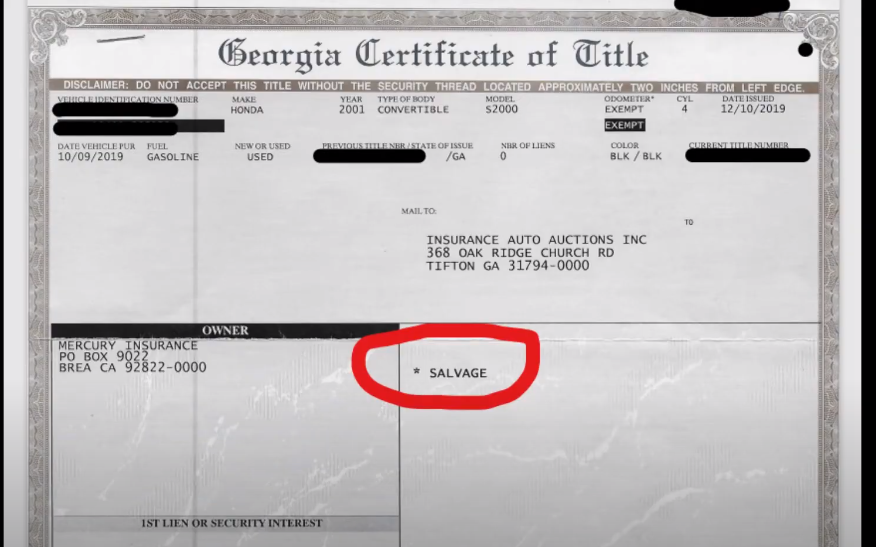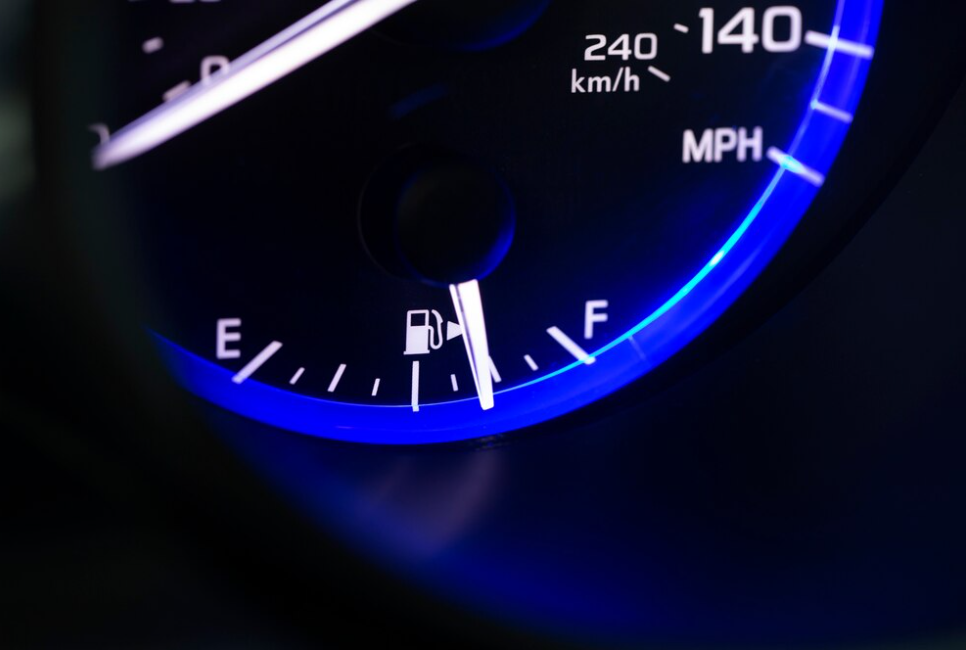How To Shoot And Adjust Ignition Timing For Your Car?
Shooting and adjusting ignition timing are fundamental aspects of maintaining optimal engine performance in vehicles. Ignition timing refers to the precise moment when the spark plug ignites the air-fuel mixture in the engine cylinder, which is crucial for efficient combustion. When performed correctly, proper ignition timing ensures smooth engine operation, optimal power output, and fuel efficiency.
You can improve engine performance and solve problems like engine knock or poor fuel economy by becoming an expert at adjusting ignition timing. Continue reading this blog post to learn more about the precise steps involved in shooting and adjusting ignition timing and to unlock the possibility of improving both the longevity of your car and your driving satisfaction.

What Is Ignition Timing?
Because ignition timing occurs during the compression stroke, it matters for the majority of cars that run on gasoline. The way the piston and valves interact with one another during a revolution is known as the compression stroke. The timing of the spark in relation to the air-fuel combination in the combustion chamber is known as ignition timing. The engine speed, load, and other characteristics are monitored by the vehicle's sensors, which the ECU utilizes to modify ignition timing.
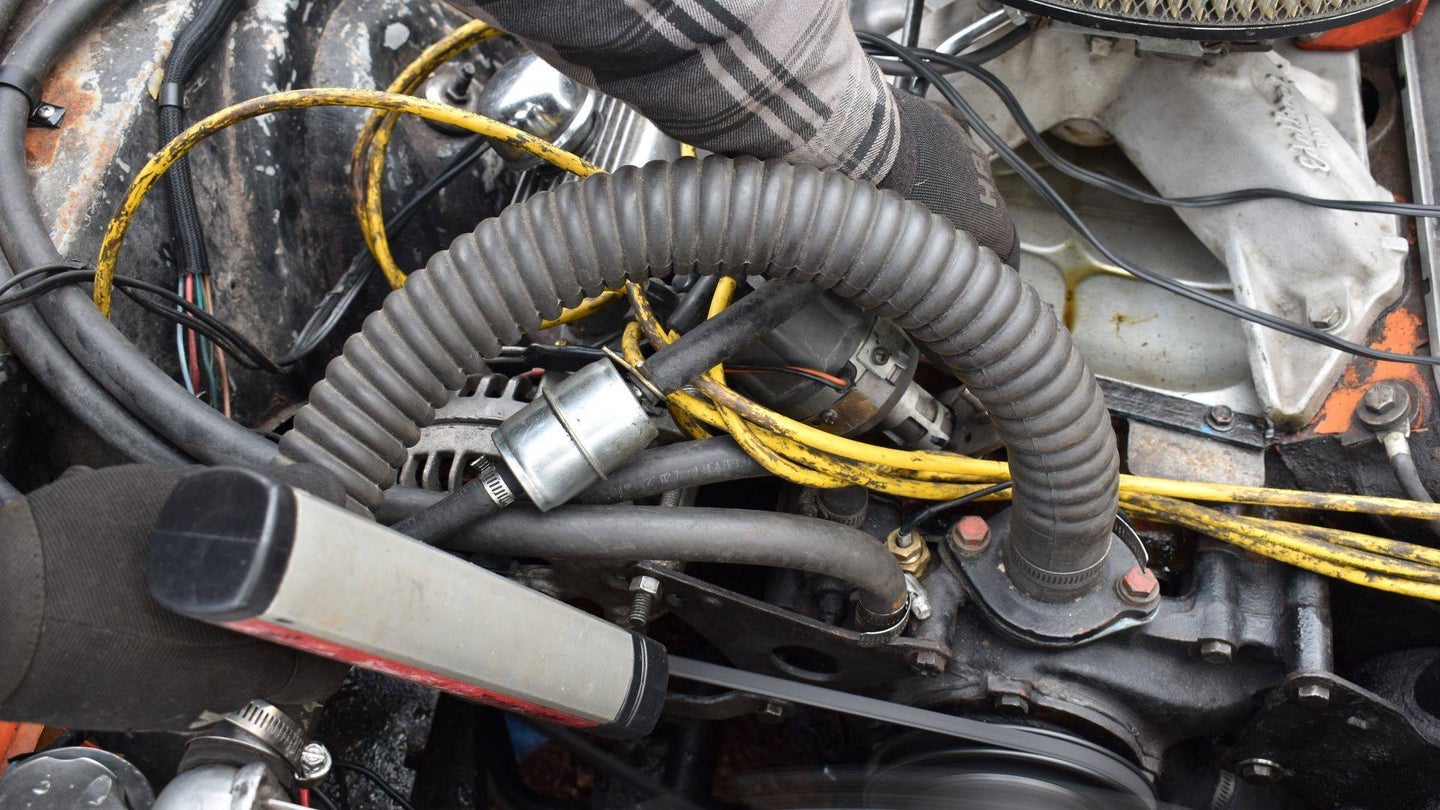
This ultimately leads to improved fuel efficiency and engine performance, and performance shops frequently modify it to gain greater power with little to no extra changes. With the help of an OBD-II device (as well as an appropriate diagnostic application) and your OBD-II port, you can obtain data on ignition timing and other important parameters.
The basic structure of ignition timing is as follows:
- Sensors: Crankshaft and camshaft position sensors detect engine speed and position.
- Engine Control Unit (ECU): Receives sensor inputs to calculate optimal ignition timing.
- Ignition Coil(s): Receives signals from the ECU to produce high-voltage pulses.
- Spark Plugs: ignite the air-fuel mixture when high-voltage pulses are sent.
- Timing Advance Mechanism: Adjusts timing based on engine conditions for optimal performance.
- Optional Knock Sensor: This sensor detects abnormal combustion and allows the ECU to adjust timing to prevent damage.
Variable valve timing, or VVT, is a feature that several manufacturers offer in their own variations and is essential to engine performance. More power and improved efficiency are obtained compared to those without variable valve timing (VVT).
With the help of simple ECU modifications, you (or an authorized shop) can advance or retard your vehicle's ignition timing. You can get far more power out of the same configuration if it is calibrated correctly. On the other hand, if done incorrectly, you can lose out on additional power.
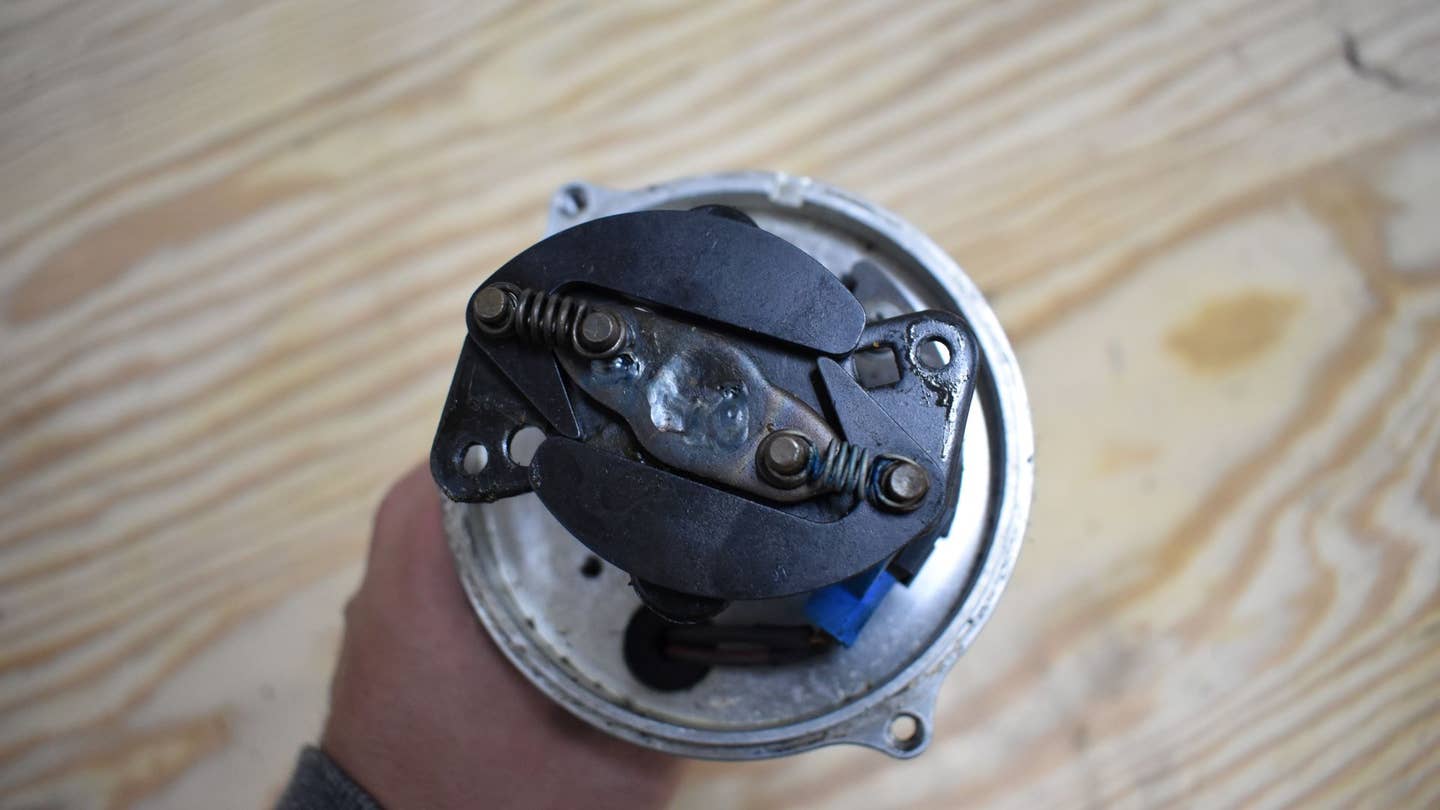
Proper ignition timing can lead to improved performance even in non-tuned or modified automobiles, but poor ignition timing can also cause problems. Some manufacturers have specific software (VCDS from VW or Audi, for example) that can look past the codes that measure these parameters and beyond the check engine light. Timing lights specifically designed for that purpose can be used by owners of other manufacturers to obtain this kind of data.
Adjusting Mechanical Advance
1. Apply timing tape or mark your balancer: The selection depends on your preferred technique. For this procedure, we opted for timing tape.
2. Warm up the engine: Bring the engine to its operating temperature. Address any idling issues, such as significantly incorrect initial timing, at this stage.
3. Connect your timing gun: If you're not using a wireless gun, connect the battery leads and attach the pickup to the number one cylinder's plug wire.
4. Loosen the distributor clamp: Since you'll be adjusting the distributor as you work, loosen the clamp to allow movement.
5. Disable the vacuum advance: Disconnect the vacuum advance line and seal the connection.
6. Aim and measure: Position yourself for a clear view of the harmonic balancer and timing tab. Pull the trigger and note the displayed number. In our case, we aim for 20 degrees of advance for initial timing.
7. Adjust the initial timing: Adjusting the initial timing is straightforward. Rotate the distributor while monitoring the number aligned with the timing tab on your engine.
8. Increase RPM and note total timing: Once the initial timing is set, secure the distributor and have someone increase the engine RPM. Note the total timing when the numbers stabilize. Record this number and verify the corresponding RPM.
9. Turn off the engine and make adjustments: Now comes the adjustment phase. Determine which springs are necessary to achieve the desired total timing at your preferred RPM, and make adjustments to the distributor accordingly.
10. Start the engine and confirm adjustments: After making adjustments, measure the initial and total timing again to confirm the results.
11. Test drive the vehicle: Finally, take the vehicle for a test drive to ensure the engine operates as desired. If adjustments are needed, repeat the process and try different configurations.
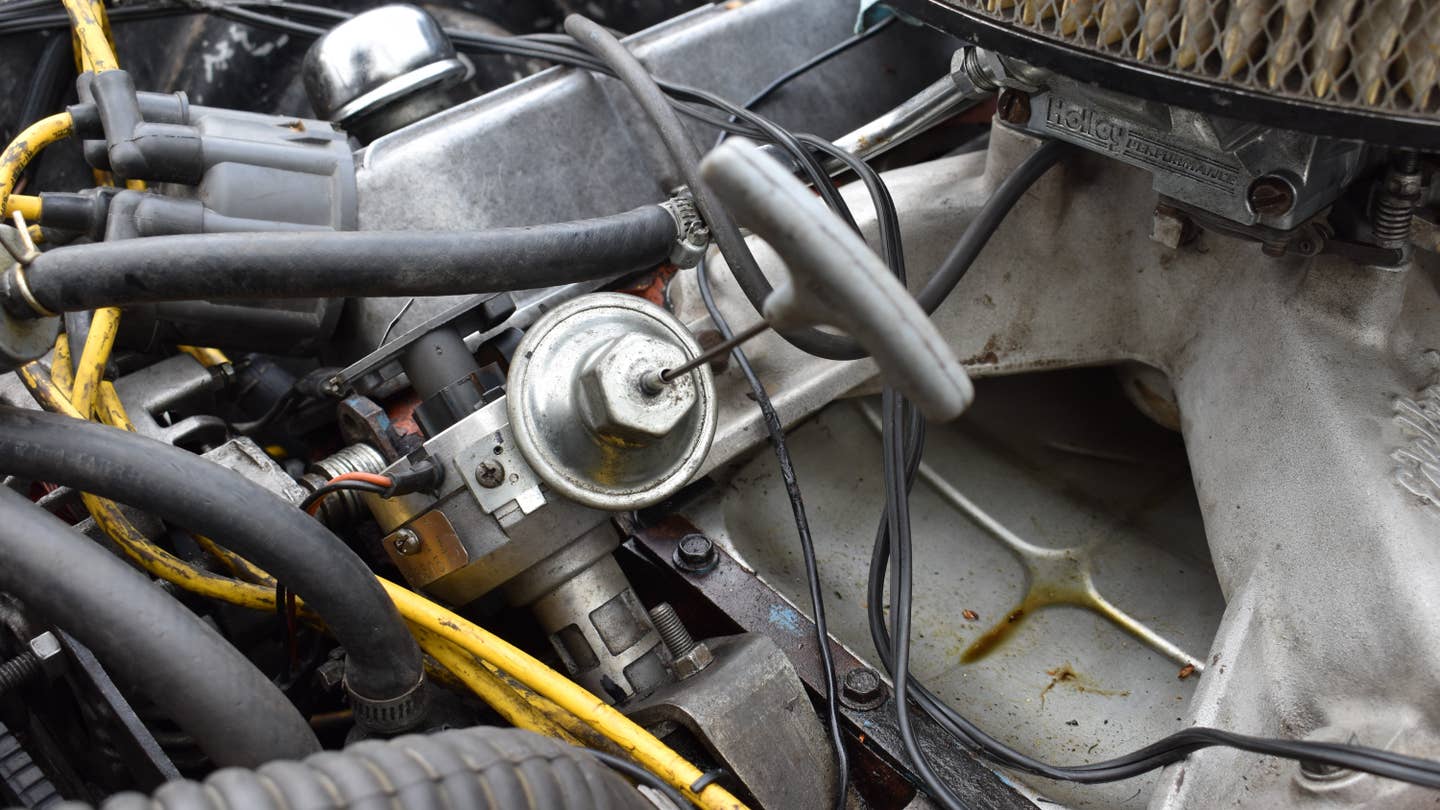
Adjusting Vacuum Advance
1. Grab your Allen key: Allen keys equipped with T-handles are the optimal tool for this task. They provide superior control and are much more ergonomic to handle.
2. Disconnect the vacuum line from the canister: This adjustment doesn't require the engine to be running, so there's no need to worry about sealing the line after detachment.
3. Insert the key until you locate the keyway: This step requires careful attention, as it's easy to overshoot and potentially cause damage. You'll need to feel around to find the keyway. Initially, using a larger Allen key can help gauge the position, then gradually switch to smaller sizes until you find the correct fit.
4. Turn counterclockwise to decrease timing: Most vacuum advance systems operate by turning counterclockwise to decrease timing and clockwise to increase it. However, it's advisable to confirm this information through your own research.
5. Test and repeat as necessary: Take the car for a test drive. If you still notice any pinging, simply repeat the adjustment process until the issue is resolved.
The timing of ignition is crucial for your engine's efficiency, though it's not your primary concern. Prolonged instances of incorrect spark timing can lead to gradual engine damage over time.
In engines equipped with timing belts and chains, such as interference engines, failure of these components can result in severe engine failure, often necessitating a complete replacement. Moreover, when the valves and pistons collide during engine rotation, it causes irreparable damage to the cylinder head and typically more.

Interference and non-interference engines differ in how their valves operate. Interference engines allow one or more valves to adjust to the piston's full rotation, while non-interference engines, as the name implies, avoid potential issues as the pistons and valves never collide.
Does advancing timing lead to increased power?
Possibly. The outcome depends on the engine's current configuration and whether additional ignition timing is needed for optimal combustion. However, excessive advance can actually diminish power and potentially harm the engine.
How much time does it take to adjust the timing in a car?
Restoring it to factory specifications typically takes just a few minutes. However, if adjustments to the distributor are necessary, expect to spend at least an hour or two fine-tuning.
What are the consequences of incorrect engine timing?
The impact varies based on the degree of deviation. If the timing is severely off, the engine may fail to start. Excessive advance can lead to overheating, detonation, and carburetor backfires. Conversely, insufficient advance causes rough running and exhaust backfires.
How does retarding timing influence engine performance?
Retarding timing involves reducing ignition advance, which can be beneficial in addressing detonation issues. However, if timing is retarded concerning Top Dead Center (TDC), the engine may fail to operate correctly as ignition occurs after the piston's downward movement during the combustion stroke.
Is it possible to check timing without a timing light?
No, it's not feasible. Without a timing light, you can only estimate initial timing by aligning the distributor with the number one cylinder based on the position of the timing mark on the harmonic balancer. However, this method involves guesswork, and precise timing adjustments require the use of a timing light, even with the aid of bushings and springs.
In conclusion, mastering the art of shooting and adjusting ignition timing is essential for maintaining peak engine performance and efficiency. By understanding the basics and following the step-by-step process outlined in this guide, you can effectively optimize ignition timing to ensure smooth operation and maximize the potential of your vehicle. Take control of your engine's performance today with these invaluable insights.
Click on the following link to read another blog post: What Is ABS In Cars And How Does It Work?



